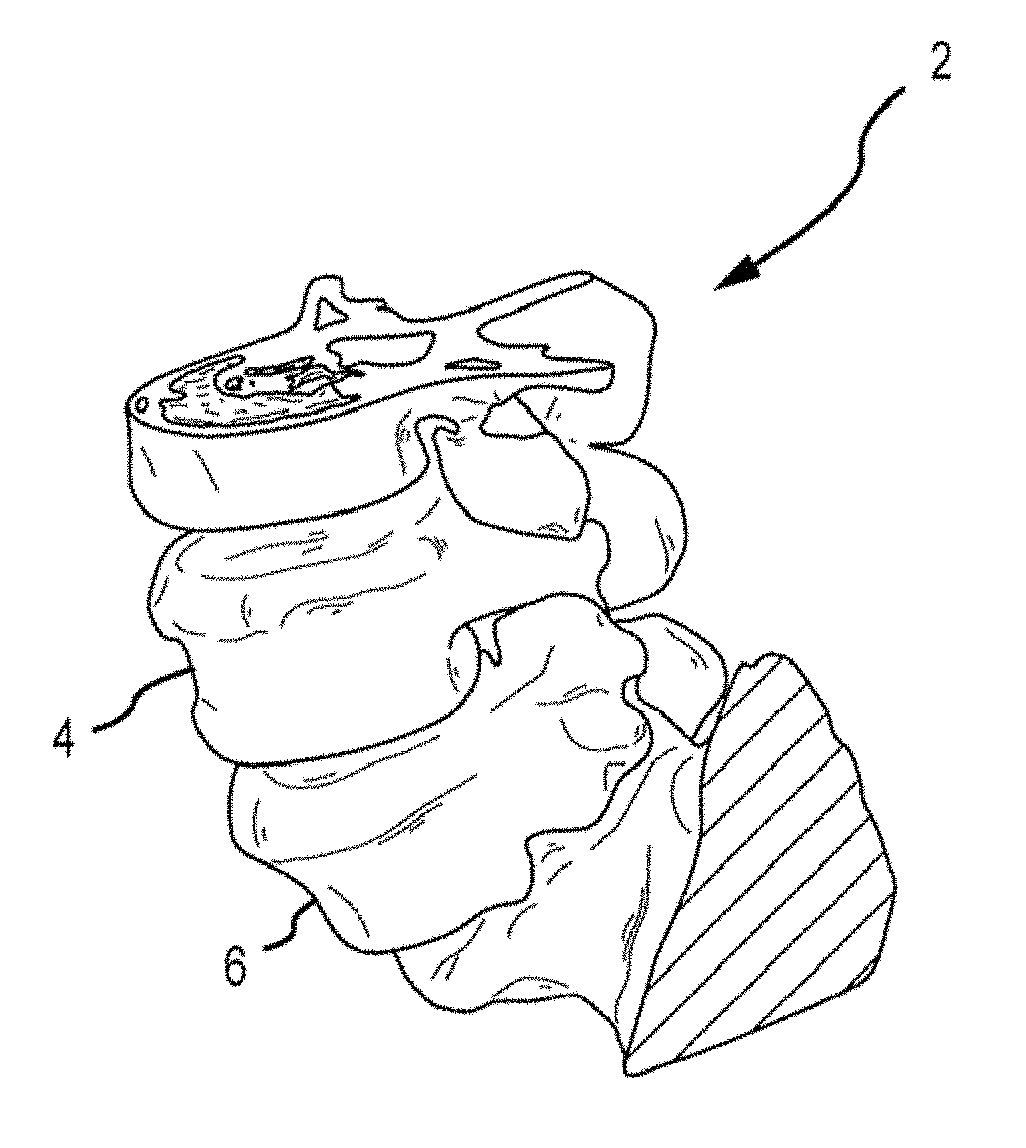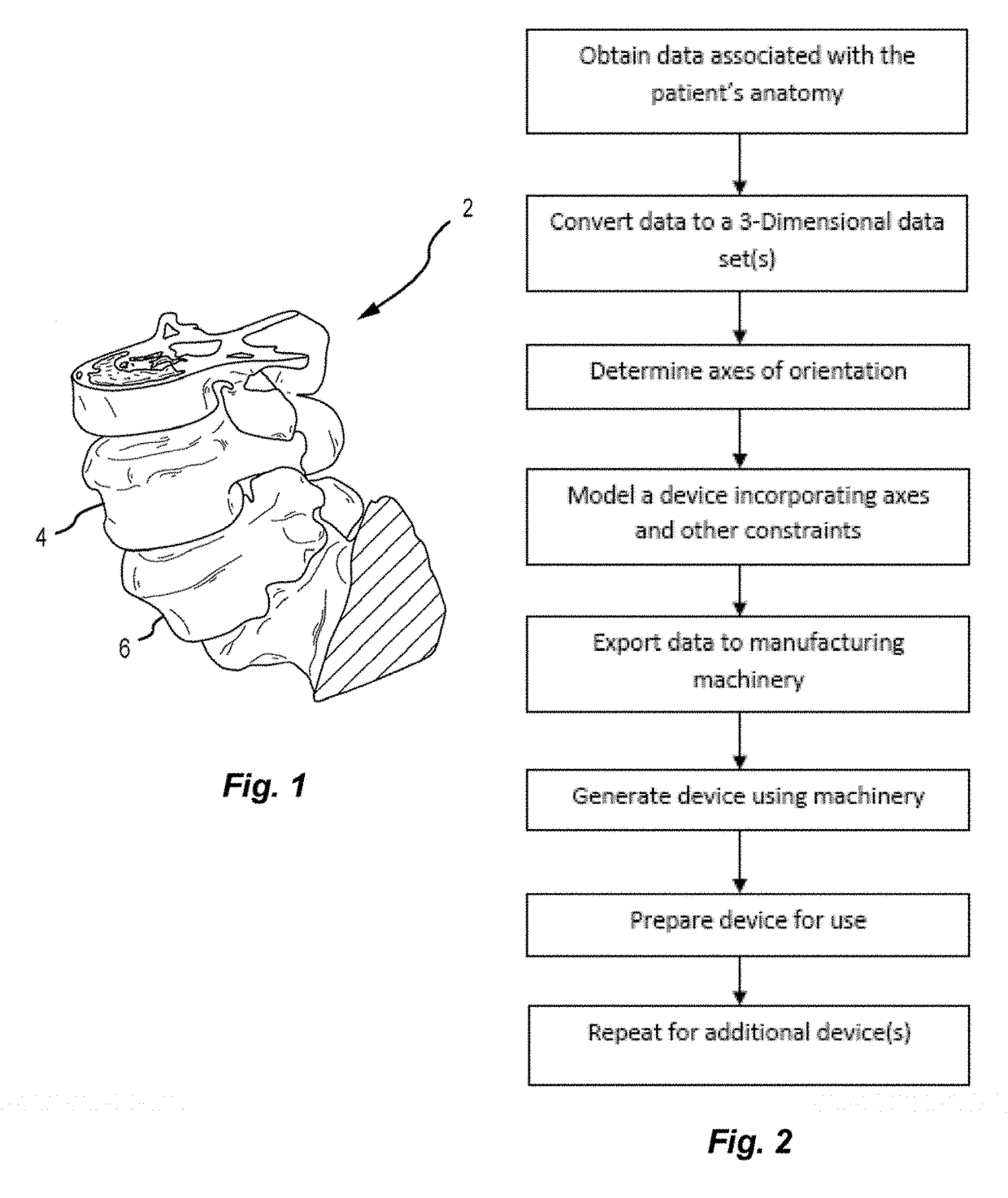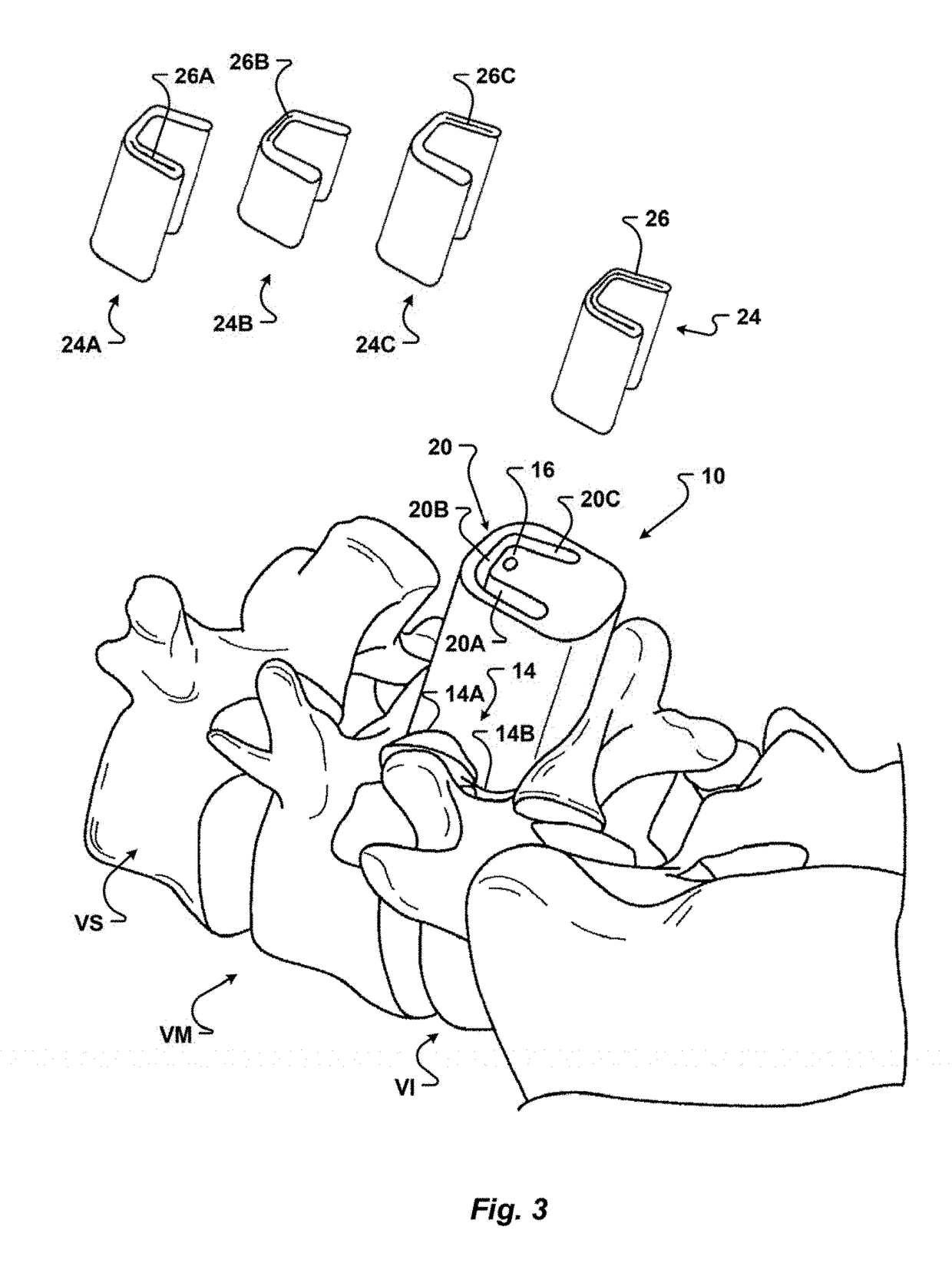Patient-matched apparatus and methods for performing surgical procedures
a technology for surgical procedures and patient matching, applied in the field of medical devices, can solve the problems of inability the prior art fails to teach a system for creating a suite of surgical equipment based on the data set derived from the mri or ct scan, so as to achieve further control over the orientation of any desired axes
- Summary
- Abstract
- Description
- Claims
- Application Information
AI Technical Summary
Benefits of technology
Problems solved by technology
Method used
Image
Examples
Embodiment Construction
[0230]As shown in the appended Figures and described in further detail herein, the present disclosure relates to a novel system and method for developing a variety of customized, patient-matched apparatus for use in a diverse number of surgical procedures. The system and method uses a patient's unique morphology, which may be derived from capturing MRI data, CT data, or any other medical imaging device to derive one or more patient-matched apparatus, which comprise complementary surfaces to those encountered during the surgical procedure(s) as derived from a set of data points. According to various embodiments described herein, the patient-matched apparatus may further comprise desired axes and / or insertional trajectories. According to one alternate embodiment described herein, the patient-matched apparatus may be further matched with at least other apparatus used during the surgical procedure. Other features of the disclosure will become apparent after a review of the following dis...
PUM
 Login to View More
Login to View More Abstract
Description
Claims
Application Information
 Login to View More
Login to View More - R&D
- Intellectual Property
- Life Sciences
- Materials
- Tech Scout
- Unparalleled Data Quality
- Higher Quality Content
- 60% Fewer Hallucinations
Browse by: Latest US Patents, China's latest patents, Technical Efficacy Thesaurus, Application Domain, Technology Topic, Popular Technical Reports.
© 2025 PatSnap. All rights reserved.Legal|Privacy policy|Modern Slavery Act Transparency Statement|Sitemap|About US| Contact US: help@patsnap.com



